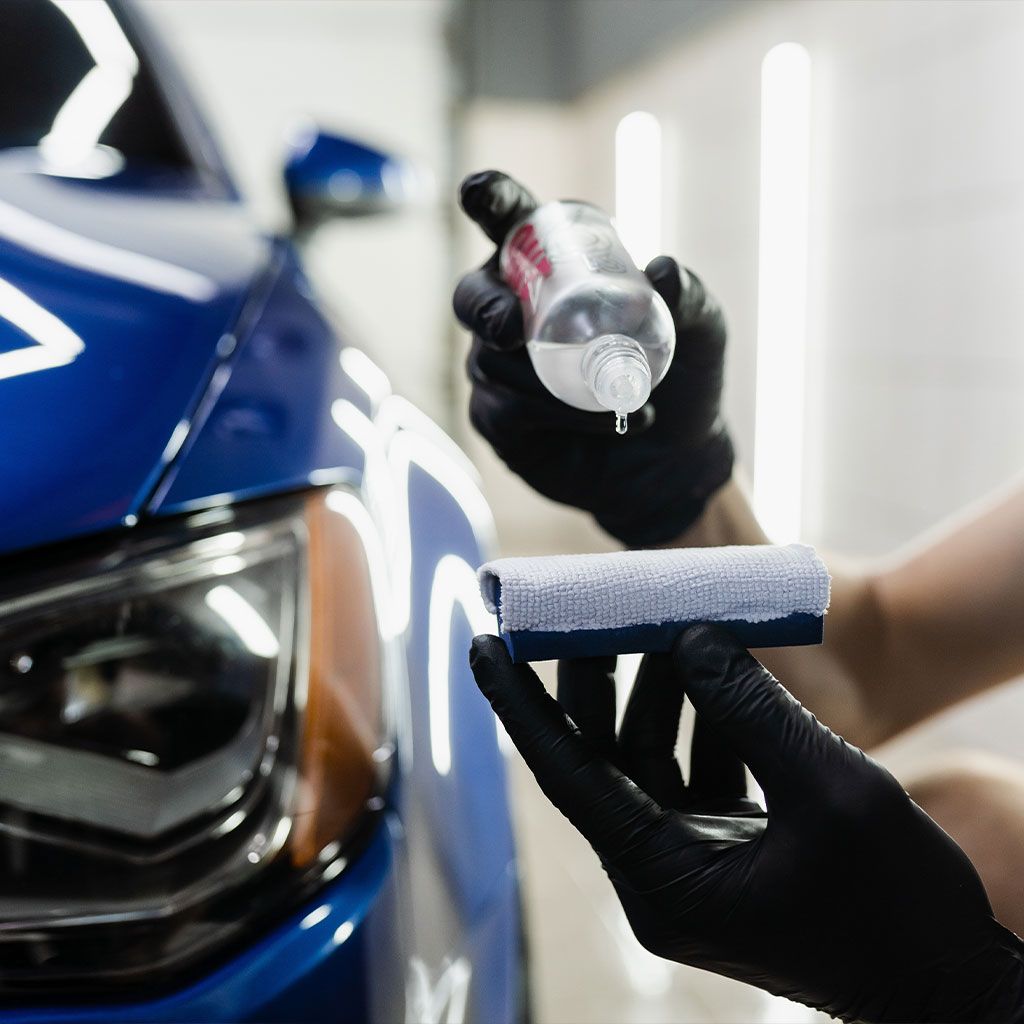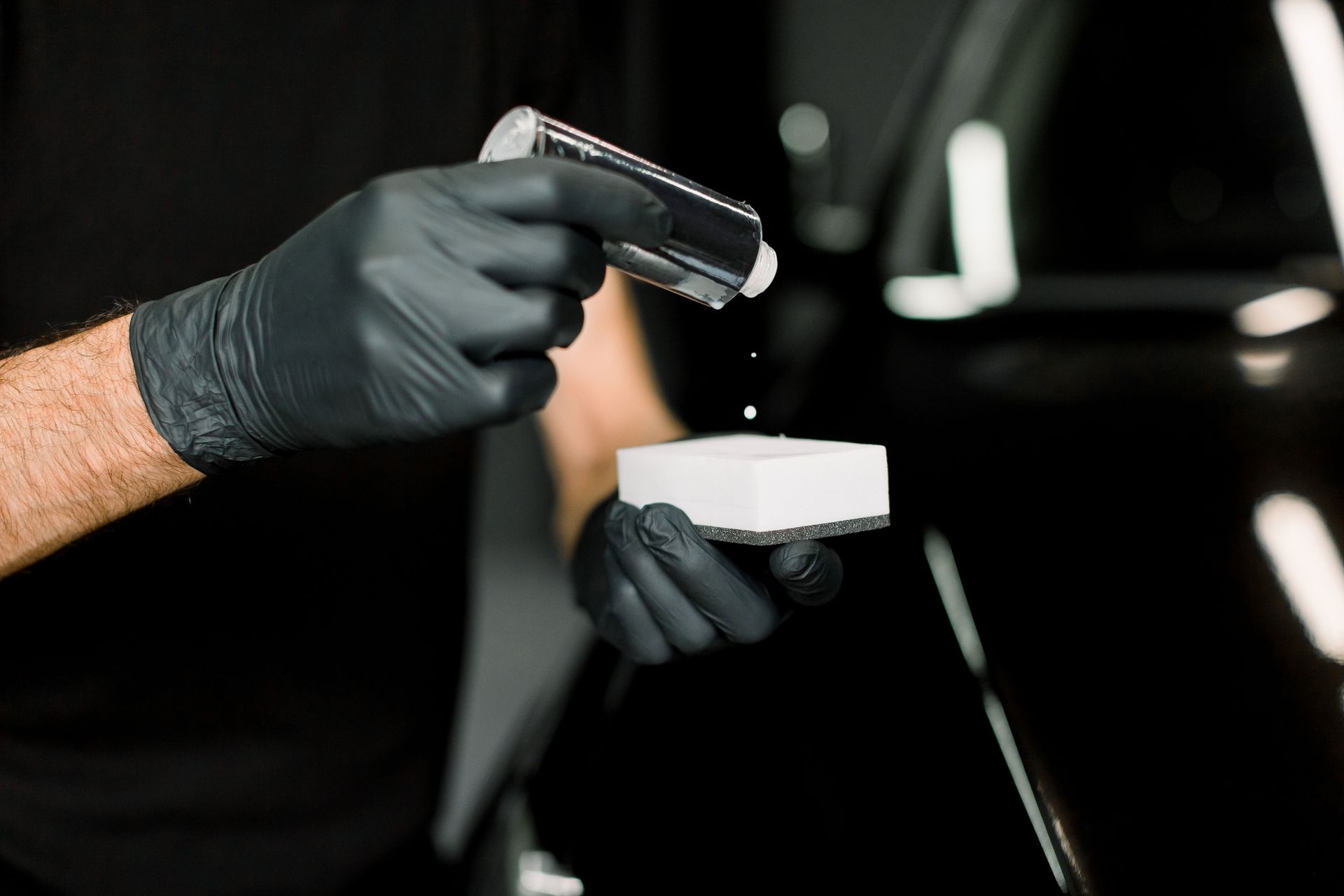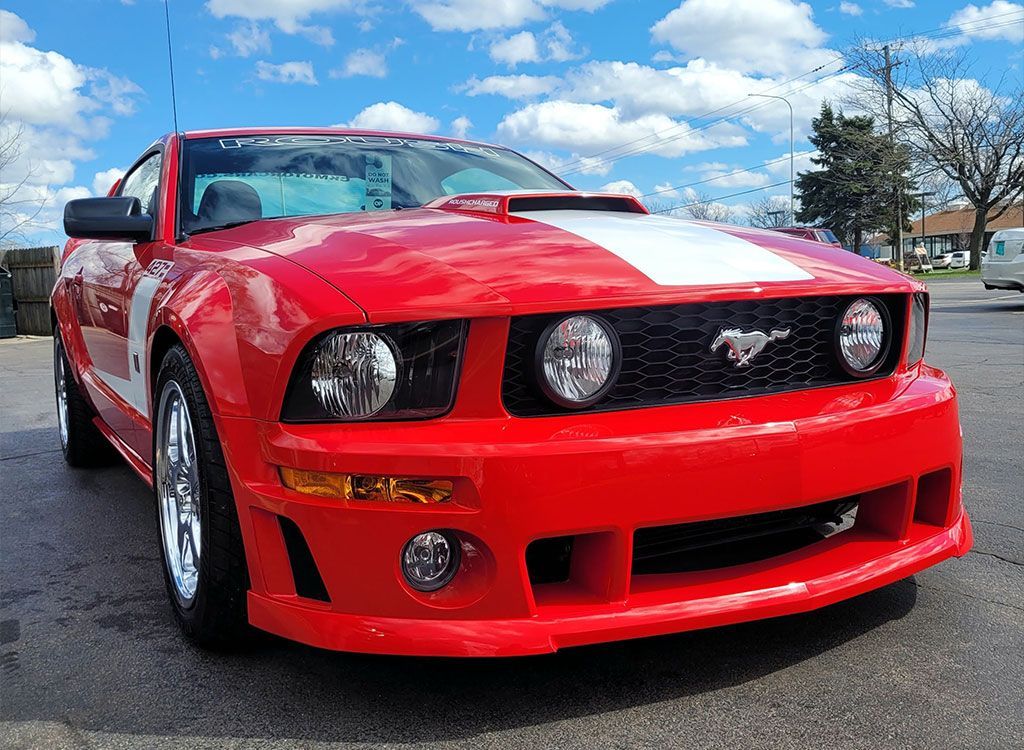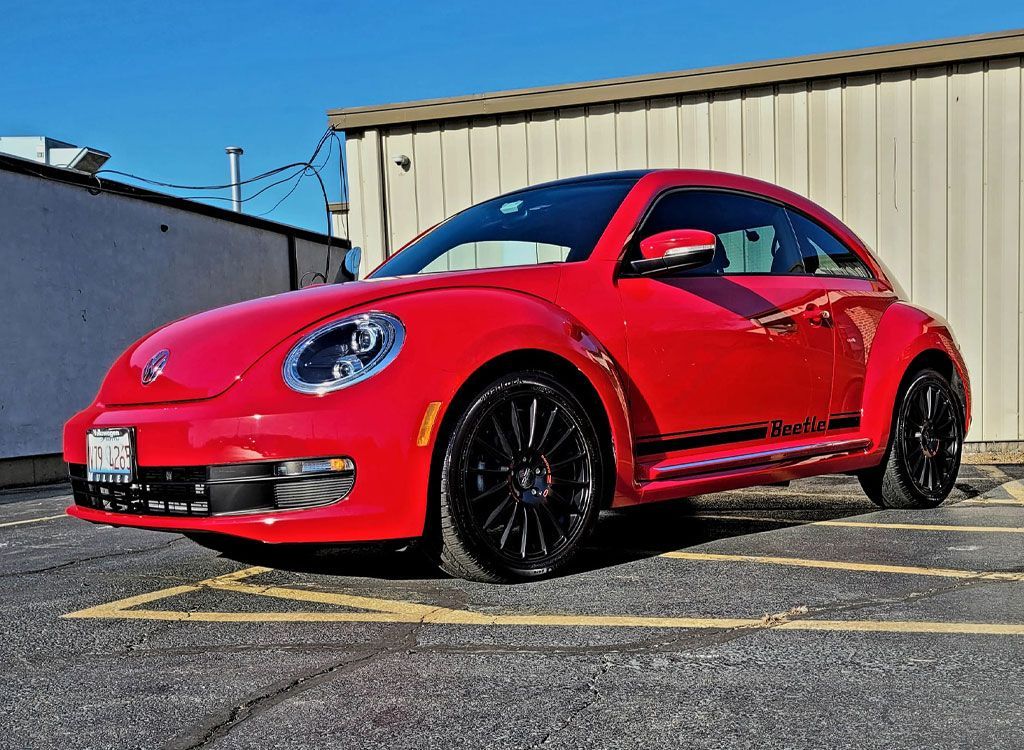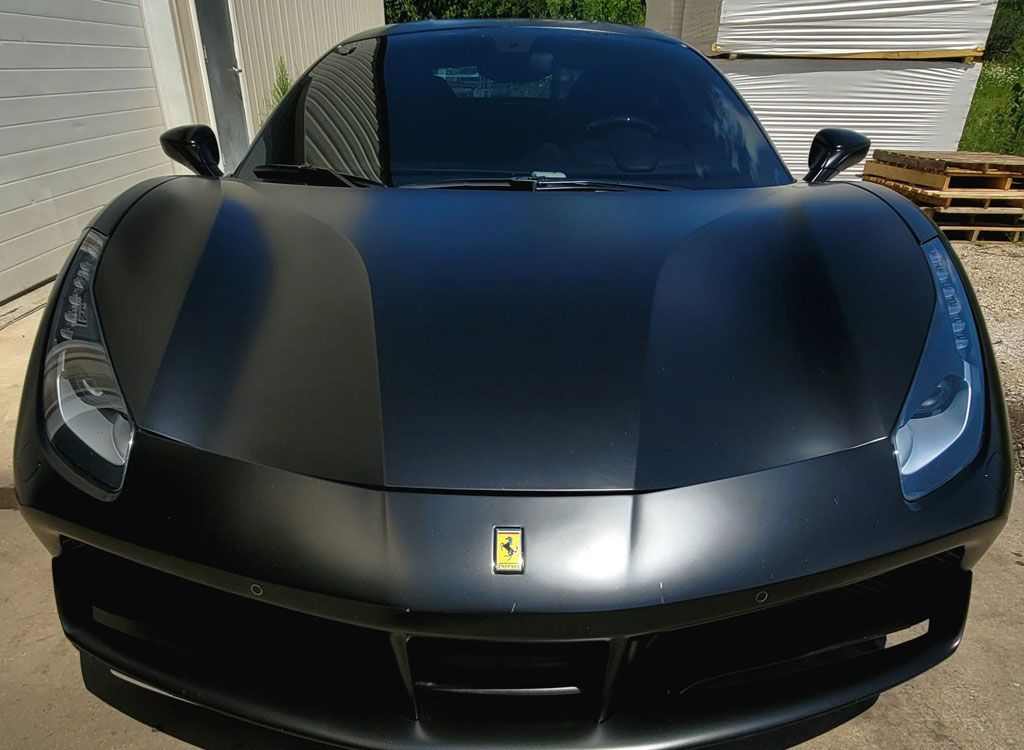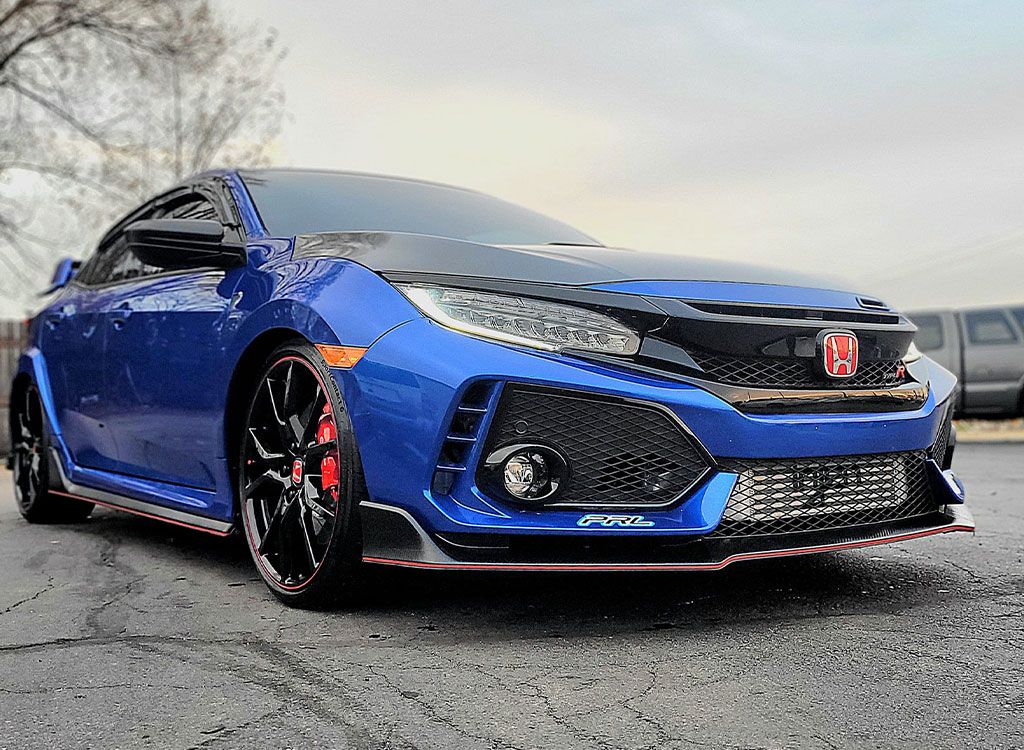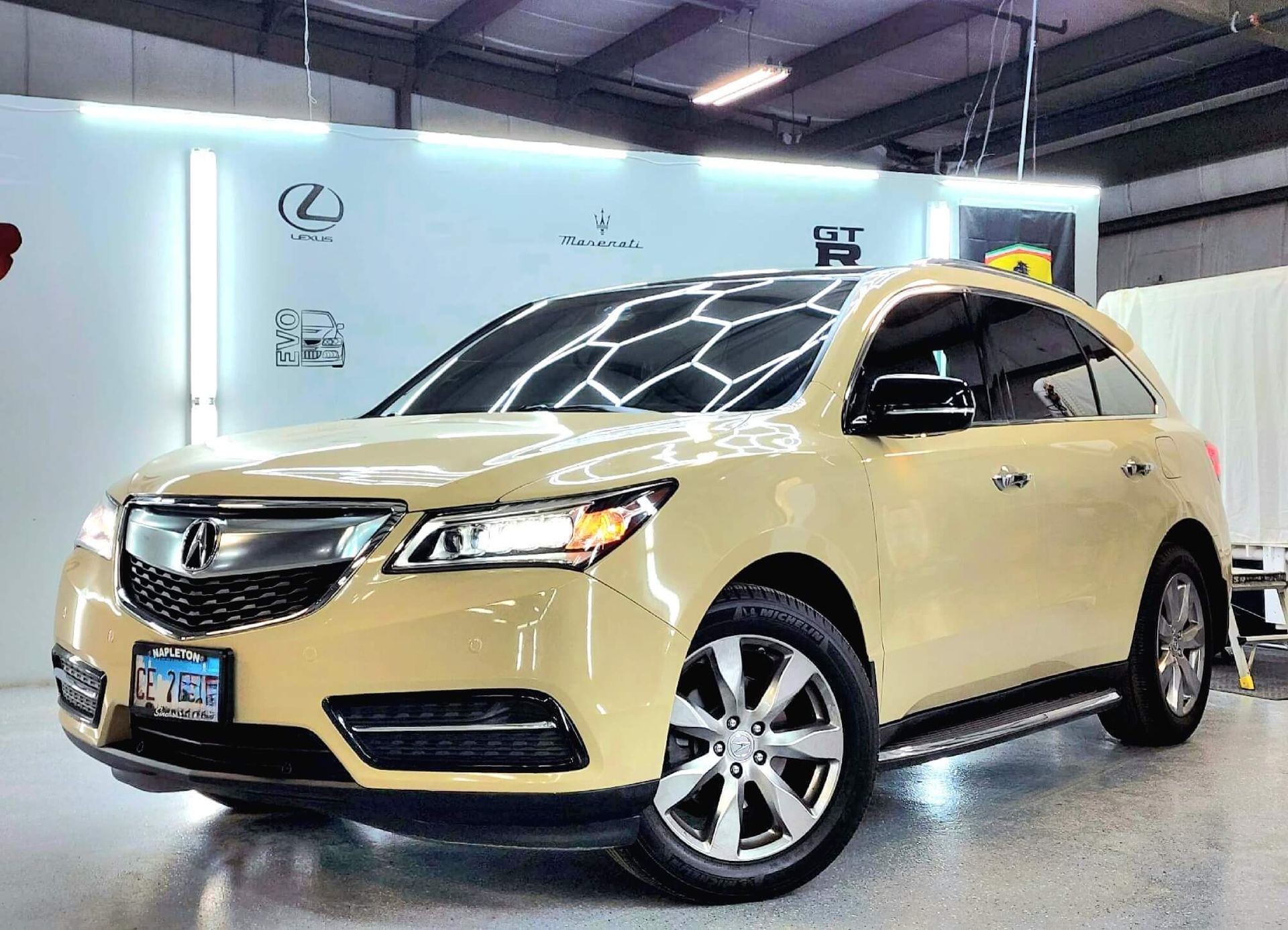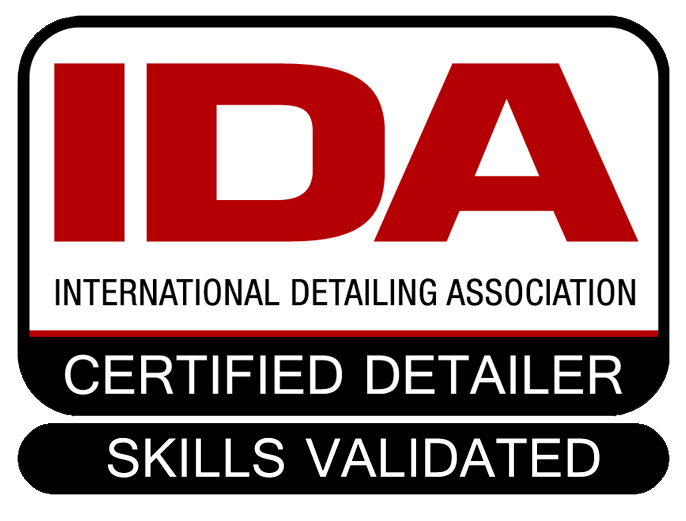Why Choose Professional Ceramic Coating: Benefits Over DIY Kits
When it comes to protecting your vehicle’s paint, many car owners find themselves at a crossroads: should they go for a professional ceramic coating or just grab a DIY kit from the store? Sure, the allure of a cheaper and simpler solution can be tempting, but the truth is that investing in a professional service often pays off in the long run. From ensuring a flawless finish to using top-notch materials that provide lasting protection, professionals have the expertise and tools to get the job done right. In this article, we’ll explore why choosing professional ceramic coating is not just about immediate shine but about making a wise investment in your car's future.
Choosing professional ceramic coating over DIY kits offers several advantages, including superior surface preparation, which ensures proper adhesion and longevity, as well as access to high-quality products and expert application techniques that can result in better overall durability and protection for your vehicle. Additionally, professional services often include comprehensive paint correction, enhancing the effectiveness of the ceramic coating beyond what is typically achievable with DIY methods.
Reasons Professional Ceramic Coating Is Better
One of the most compelling reasons to opt for professional ceramic coating over DIY kits lies in the superior quality of the final result. Professionals come equipped not only with expertise but also with advanced tools that ensure even and consistent layers of coating. This meticulous application process prevents common issues like bubbles or streaks that often plague DIY efforts. Imagine spending hours trying to achieve that flawless look at home, only to realize too late that your efforts fell short of expectations.
Experienced detailers frequently emphasize that a professional application can last 2 to 5 years, while DIY versions typically offer protection for 6 months to 2 years before requiring reapplication. Beyond durability, comprehensive service is another advantage. Professional detailing usually incorporates thorough paint correction before applying the coating. This means any scratches or imperfections on your vehicle's surface are addressed first, enhancing both the effectiveness and longevity of the ceramic coat. In contrast, DIY kits often lack this essential pre-treatment step, leaving your vehicle's finish compromised.
While initial costs may appear daunting—with DIY kits ranging from $50 to $200 and professional services typically between $1,000 to $2,500—the extensive preparation required for a DIY job should also be considered: wash, clay, polish, and IPA wipedown. Many users report that what starts as a manageable weekend project quickly morphs into an all-day endeavor, leading to frustration rather than satisfaction. A car enthusiast shared an insightful perspective: “I tried a DIY kit first, but after getting a professional job, the difference was night and day. My car looks brand new!”
The advantages extend beyond aesthetic appeal; they include substantial protective capabilities as well. Professional-grade coatings boast extreme chemical resistance against harmful elements like bird droppings and tree sap, which can damage your paint over time. This resilience is crucial for those facing harsh weather conditions or frequent exposure to outdoor pollutants. Protecting your invested vehicle is vital for maintaining its value and appearance. Understanding these key benefits sets the foundation for recognizing how crucial the right materials and products are in achieving optimal results.
Quality of Materials and Products
When it comes to ceramic coating, not all products are created equal. Professional services utilize higher-grade materials that simply aren’t available on the general market. For instance, when you invest in a premium product, you’re benefiting from coatings with an impressive hardness rating of up to 9H. This means your vehicle is receiving a level of protection that can endure harsher conditions, offering up to five years of durability. Such resilience is critical because it provides sustained shielding against environmental factors such as UV light, road salt, and chemical contaminants.
In contrast, most DIY kits only claim durability ratings of 3H or 4H, which translates to about one year of effective protection at best. Imagine this: after spending time applying a DIY coating only to find that it begins to wear off within months—what a disappointment! This underscores how the premium upfront investment in professional application is not just wise but necessary for long-term vehicle protection.
It’s worth noting that the performance difference extends beyond durability alone. Higher-quality coatings come equipped with advanced application tools designed for optimal results. For example, professionals use specialized sprays and finishes that create a seamless bond with your vehicle's paintwork, minimizing imperfections.
Understanding the substantial difference in the quality of materials used in professional applications compared to DIY options highlights why many car enthusiasts view professional ceramic coating as an investment worth making. Not only does it save money in the long run by reducing maintenance costs but it also enhances your vehicle's appearance significantly. With this understanding in mind, the next key aspect revolves around skill and preparation, elements that can drastically affect the final outcome when applying these coatings.
Expertise and Surface Preparation
When considering ceramic coating for your vehicle, the expertise involved in surface preparation cannot be overstated. Professionals don't merely wash or wipe down a car; they follow a meticulous protocol designed to optimize the vehicle’s surface for maximum adhesion and durability of the ceramic coating. This process often involves several critical steps, each one building on the last to ensure that no imperfections compromise the finish.
Step-by-Step Surface Prep
- Washing: The journey begins with a thorough wash that removes dirt and grime. This initial step might seem straightforward, but detailers use specialized soaps and techniques to avoid scratching the paint while ensuring all contaminants are loosened.
- Claying: Next comes claying—an essential step where a clay bar is used to remove embedded contaminants like tree sap or industrial fallout that regular washing simply cannot eliminate. Imagine scrubbing a dirty window only to find that streaks remain; claying is much like using a special cleaner designed to lift away those stubborn spots.
- Paint Correction: Following clay treatment, any scratches or swirl marks must be addressed through paint correction. This involves polishing the surface with precision tools and compounds tailored for specific types of paint flaws. A freshly polished surface not only looks great but also provides an ideal canvas for the coating.
- IPA Wipe Down: Finally, an isopropyl alcohol (IPA) wipe-down is performed to eliminate any oils or residues left from product use, ensuring a clean slate for the ceramic coating.
One professional detailer summed it up perfectly when he said, “Proper surface preparation can take several hours but it's absolutely essential for the coating to bond correctly with the paint surface.” This dedication to detail exemplifies why professional services typically yield superior results compared to DIY kits. The structured approach ensures that every potential pitfall is accounted for, allowing your vehicle's ceramic coating to perform at its best.
By creating an optimal environment for the ceramic coating to thrive, professionals ensure impressive longevity and enduring satisfaction for the vehicle owner. Without this level of attention, even the highest-quality ceramic products could fail to deliver expected performance, making it clear that entrusting your vehicle to a skilled technician holds significant advantages. As we explore further, we can see how these carefully executed processes contribute not just to immediate aesthetics but also to how long the protection lasts under various conditions.
Durability and Longevity
The durability of a professional ceramic coating is staggering when compared to DIY products. A professionally applied coating can often last anywhere from three to five years or even longer, depending on maintenance. In contrast, most DIY kits generally fail to offer protection beyond a year. This difference underscores the value of investing in professional services—something that might save you headaches and expense in the long run.
Statistics bolster this narrative. A survey conducted amongst car enthusiasts showed that 85% of respondents noticed remarkable durability benefits with professional coatings over their DIY counterparts. This statistic reflects not just opinions but real-life outcomes that can dramatically affect the vehicle's appearance and protective capabilities.
Enhanced Surface Protection
What accounts for this longevity? It all boils down to the chemistry behind professional-grade ceramic coatings. Formulated with advanced polymers, these coatings create a robust protective layer that acts like a shield against UV rays, dirt, and other environmental hazards. Hence, they are designed to endure harsher conditions—rain, snow, or intense sun—without breaking down or fading.
Moreover, the application process itself is tailored for optimal bonding with your vehicle’s paintwork, ensuring that the coating adheres firmly. Unlike many DIY kits requiring painstaking preparation and multiple applications—which can be inconsistent—professionals know exactly how to prepare surfaces to maximize adhesion, resulting in an exceptionally resilient finish. Regular upkeep is key to preserving these coatings’ integrity and visual appeal. It's important to examine how maintenance routines affect your ceramic coating investment moving forward.
Maintenance and Cost Considerations
When weighing the investment of professional ceramic coating against DIY options, it's crucial to recognize not just the initial outlay but also the implications for ongoing maintenance. Professional ceramic coatings typically demand significantly less upkeep. The meticulous application by trained professionals ensures a layer of protection that lasts much longer than quick DIY fixes many consumers gravitate towards. This means you'll spend less time worrying about touch-ups and paint corrections down the line.
For example, imagine spending around $1,000 for a comprehensive professional ceramic coating service. At first glance, it might feel like a splurge, yet this investment could save you hundreds—or even thousands—over the years on paint corrections that would be necessary with lesser quality or improperly applied coatings. Each scratch or blemish in a DIY-coated car typically leads to further expenses; whether it's purchasing additional products or the time spent working to restore your vehicle's finish, these costs can accumulate quickly. With professional coatings, you're essentially paying for peace of mind—a comprehensive solution that enhances both appearance and durability.
Some skeptics may argue that while the professional route has its merits, the price tag is hard to swallow. Still, consider this: continual reapplication of DIY kits—which often only offer short-lived results—can add up rapidly! What was initially a budget-friendly choice may morph into a costly entanglement of products and efforts that do not deliver lasting satisfaction. Investing upfront in a ceramic coating simplifies your life and gives you more bang for your buck over time.
For budget-conscious car owners who still want professional-grade results, it’s wise to seek out providers that offer financing. These options can spread out the cost over manageable monthly payments while ensuring top-quality service without breaking the bank. Making an informed choice about your vehicle’s care can pave the way for avoiding common pitfalls associated with less effective solutions. As we continue, let's explore some of the frequent challenges those who opt for cheaper alternatives often face.
Common Issues with DIY Kits
DIY ceramic coating kits often promise the world but can quickly become a headache for many car owners. One of the most significant challenges is uneven application. Without professional-grade tools and expertise, achieving a uniform coating becomes a daunting task. Many find themselves with patches that are either overcoated or undercoated, leading to an inconsistent finish. This issue often stems from inadequate equipment, leaving users grappling with less-than-satisfactory results.
As if that weren’t enough, there’s the issue of surface contaminants. For a ceramic coating to bond correctly, thorough surface preparation is crucial—a step that many DIYers overlook. Often, these kits come without comprehensive instructions on how to properly clean and prepare the car's surface. Neglecting this essential step means dirt, wax, and oils could remain trapped under the coating, ultimately compromising its effectiveness. You might think a quick wash is sufficient, but remember: you wouldn't build a house on unstable ground. Similarly, without proper prep work, your ceramic coat won't adhere well or perform as it should.
Additionally, one cannot ignore the shorter lifespan associated with DIY coatings. Unlike professional ceramic coatings designed to last up to five years or more, DIY options typically wane in just a few months. Many customers are left disappointed when their weekend project requires reapplication sooner than expected, negating the initial cost savings they sought by opting for a DIY route. Ironically, these frequent reapplications soon make DIY kits much more costly over time.
In summary, while DIY kits offer an attractive entry point into the world of vehicle protection, they come with numerous hurdles that can drain both time and energy. These challenges can lead to frustration and dissatisfaction with the final outcome. Therefore, opting for professional ceramic coating can save you from these pitfalls and provide peace of mind alongside long-lasting beauty and protection for your vehicle. Investing in quality from the outset allows you to enjoy your car without worrying about constant upkeep or potential damage from subpar applications.
In choosing professional services over DIY kits, you're not only ensuring better results but also making a choice for long-term investment in your vehicle's health and appearance.
Superior Ceramic Coating Services in Elgin, IL
Protect your vehicle from harsh weather, UV rays, and everyday wear with CM3 Detailing Studio & Ceramic Coating’s premium ceramic coating services. Our advanced coatings provide a glossy, hydrophobic layer that shields your car’s paint while making maintenance easier than ever. With expert application and attention to detail, we deliver long-lasting protection and an impeccable finish you can count on. Discover the difference our ceramic coating services can make for your vehicle—schedule your appointment today!

